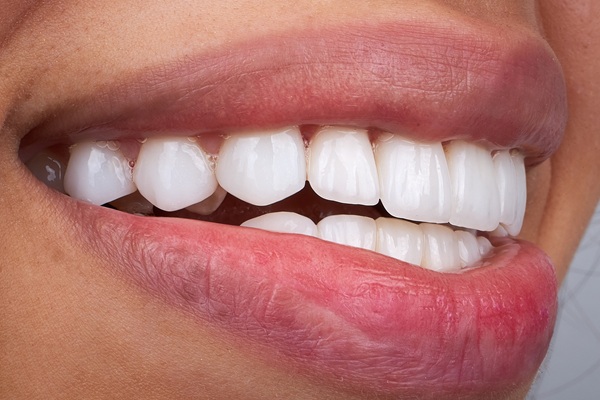How a Family Dentist Provides Gum Disease Treatment

Gum disease treatment can restore health to the smile. A family dentist — who often provides cosmetic services in addition to general dental care — offers targeted solutions based on the severity and progression of gum disease. Early detection and prompt intervention can halt or reverse the condition. Exploring how family dentists treat gum disease can help you take the first step toward healthier gums and a more confident smile.
Assessing gum disease progression
Gum disease is often classified in stages: gingivitis (mild), periodontitis (moderate), and advanced periodontitis (severe). Gingivitis typically brings gum redness, swelling, and bleeding, but it can be reversed with prompt treatment. On the other hand, periodontitis can lead to the breakdown of the jawbone and connective tissues that support the teeth. Identifying the stage of the condition helps a family dentist deliver the correct gum disease treatment.
During a routine dental visit, a family dentist examines the gums for signs of inflammation, bleeding, and pocket depth around the teeth. They will also take dental X-rays to look for bone loss in the jaw, a sign of advanced periodontal disease. The initial evaluation process further includes reviewing the patient's history, oral hygiene habits, and potential contributing factors. Smoking, diabetes, and pregnancy are common examples of the latter. A comprehensive approach allows the dentist to tailor treatment strategies that address both the symptoms and the underlying causes.
Types of gum disease treatment
There are several forms of gum disease treatment, and a family dentist selects the method that best suits the patient’s current condition. Scaling and root planing, a non-surgical deep cleaning procedure, is often the first line of treatment for mild to moderate cases. To perform this treatment, the dentist removes plaque and tartar from below the gum line and smooths the roots of the teeth, making it easier for the gums to reattach to them. Combined with better oral hygiene at home, this may be sufficient to reverse gingivitis or halt the progression of periodontitis.
However, in more advanced cases, the dentist will likely need to deliver additional gum disease treatments. These may include:
- Localized antibiotic therapy to target bacteria beneath the gums
- Laser treatment to remove infected tissue with precision
- Periodontal surgery to reduce deep gum pockets or regenerate bone tissue
Treatment plans may be combined for more effective results. For example, scaling and root planing may be followed by the application of localized antimicrobials to eliminate any remaining bacteria. The dentist will provide clear follow-up instructions and recommend regular check-ins to monitor healing and prevent recurrence.
Book an appointment for gum disease treatment today
Gum disease treatment is most effective when started early, and a family dentist is the ideal partner in providing personalized gum care. Whether addressing mild gingivitis or managing advanced periodontal disease, they can guide you through every phase of treatment. Achieve healthier gums, stronger teeth, and a smile that lasts a lifetime with the help of our team at Alameda Dental.
Request an appointment here: https://alamedadentalaurora.com or call Alameda Dental at (303) 343-7072 for an appointment in our Aurora office.
Check out what others are saying about our dental services on Yelp: Gum Disease in Aurora, CO.
Recent Posts
Gum disease affects more than half of all adults in the United States, according to the International Journal of Health Sciences, and there are different forms of the condition. Gum disease is prevalent and one of the major causes of tooth loss. Therefore, it helps to understand the various stages of gum disease and its…
Gum disease is a progressive condition that is caused by bacteria in the mouth getting into gum tissues. Your immune system responds to this invasion by sending off antibodies to fight off the invaders. The ensuing battle leads to inflammation and damage to the structures that support teeth.The first stage of gum disease is called…
When it comes to oral health, the condition of the gums can be key. Proper brushing, flossing and the prevention of gingivitis can support good gum health; however, when individuals suffer from crooked teeth, an underbite or an overbite and choose to get braces, this may cause problems with the gingiva. Dental patients who want…
Understanding that laser dentistry is a treatment option for addressing cavities means that dental patients have choices. While not all dental professionals offer laser treatment, many now do as they want to offer their patients treatments that use advanced dental technologies. According to WebMD, lasers may preserve more healthy tooth tissue during cavity treatment.Thinking laser…


